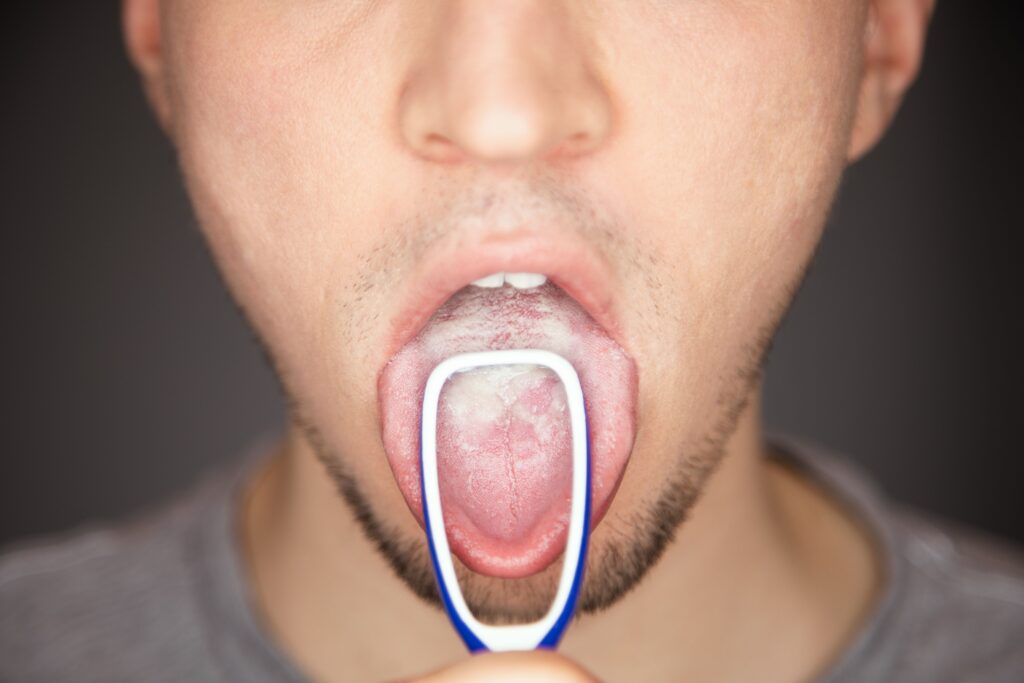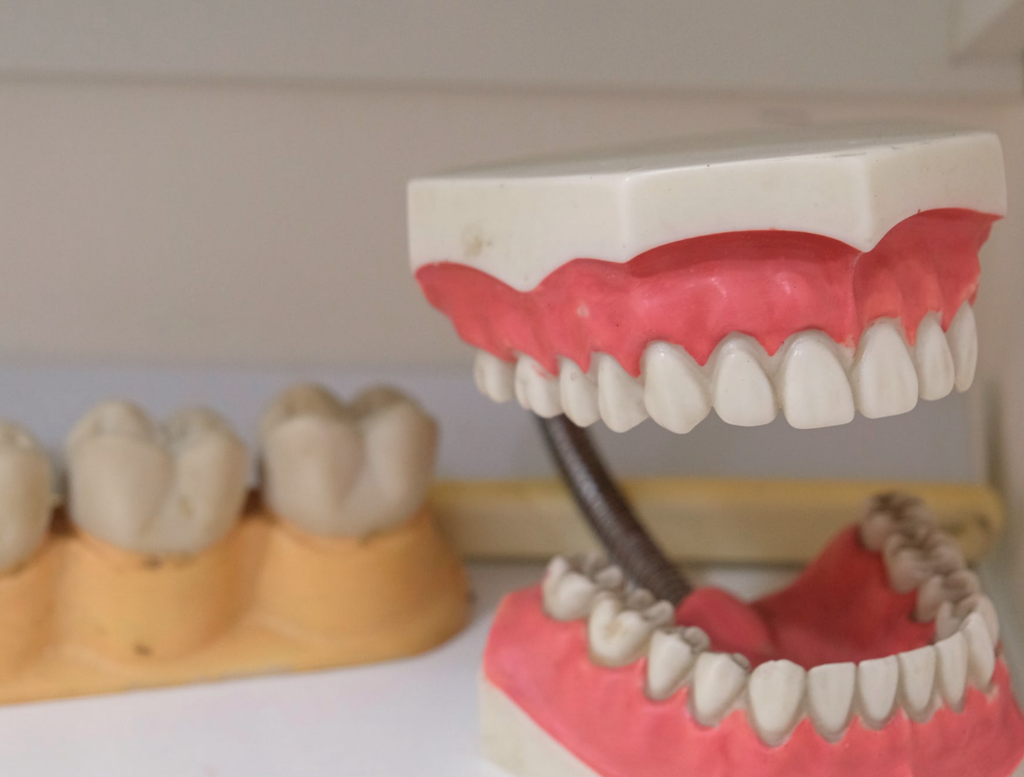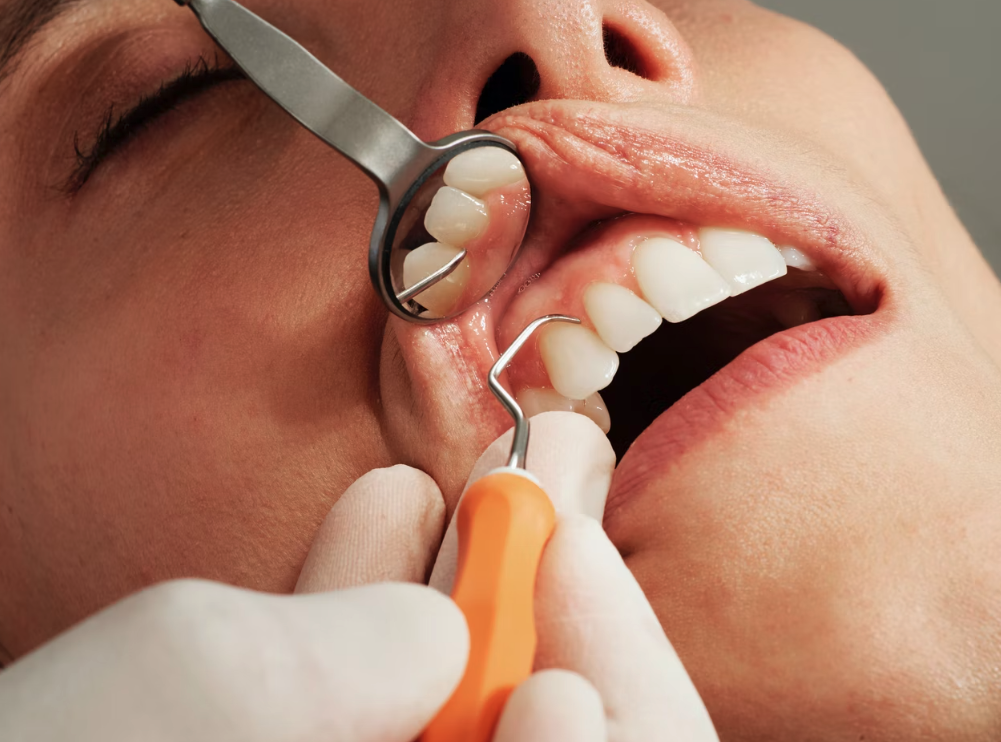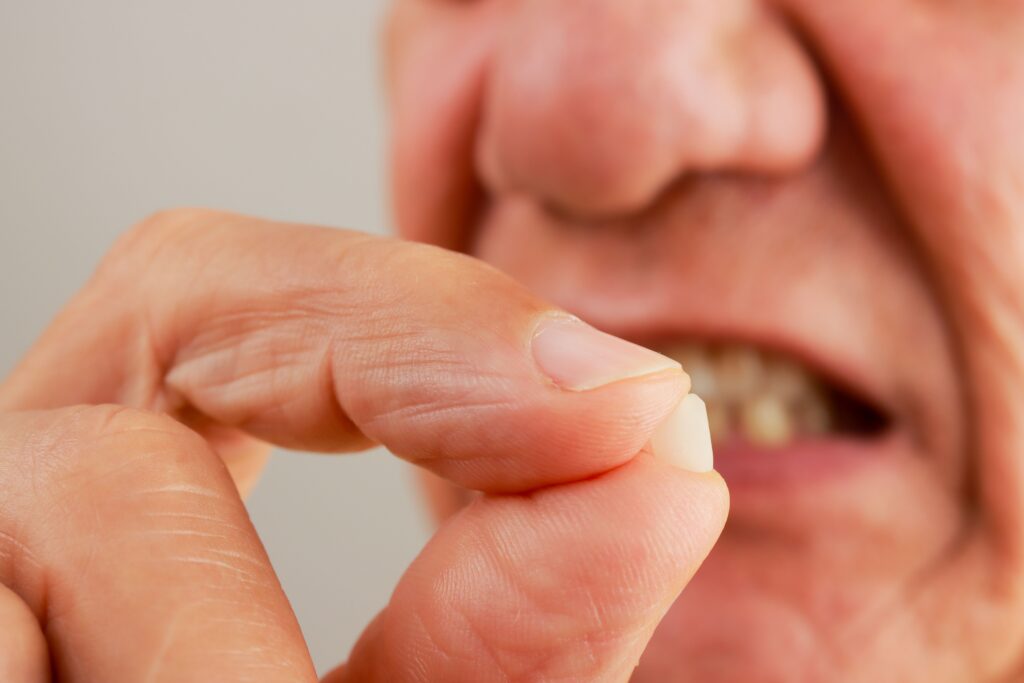Invisalign is a popular orthodontic treatment that uses clear, removable aligners to straighten teeth. Many people choose Invisalign because it’s less noticeable than traditional braces. However, some patients wonder if their teeth can become loose during treatment. Let’s explore this concern and answer some common questions.
Is It Normal for Teeth to Be Loose with Invisalign?
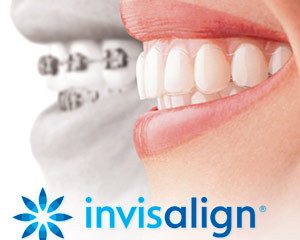
Yes, it’s normal for your teeth to feel slightly loose during Invisalign treatment. This looseness is a sign that the aligners are working to move your teeth into new positions. Here’s why this happens:
- Gentle Pressure: Invisalign aligners apply consistent, gentle pressure to your teeth, encouraging them to shift. This pressure causes the bone and tissues around your teeth to remodel, allowing movement.
- Temporary Sensation: As your teeth move, they may feel a bit wobbly. This sensation is temporary and usually subsides as your treatment progresses.
Is It Normal for Teeth to Wiggle Slightly?
A slight wiggling of your teeth during Invisalign treatment is normal. Here’s what you should know:
- Part of the Process: The feeling of slight tooth movement indicates that your treatment is on track. The aligners are designed to shift your teeth gradually, and minor looseness is expected.
- When to Be Concerned: If your teeth feel very loose or if the looseness persists longer than expected, it’s important to consult your orthodontist. They can assess your situation and ensure everything is progressing correctly.
Can Teeth Break During Invisalign?
While Invisalign is generally safe, there are some considerations regarding tooth health:
- Pre-existing Conditions: If you have existing dental issues, such as hairline fractures, the pressure from aligners might exacerbate these problems. It’s essential to have a thorough dental examination before starting treatment to identify and address any vulnerabilities.
- Proper Care: Maintaining good oral hygiene and handling your aligners carefully can prevent potential damage. Avoid eating with your aligners in place, and follow your orthodontist’s instructions to minimize risks.
Managing Loose Teeth During Invisalign Treatment

Experiencing slight looseness in your teeth during Invisalign treatment is common and usually temporary. However, to ensure your comfort and the success of your treatment, consider the following tips:
- Follow Your Orthodontist’s Instructions: Wear your aligners as prescribed, typically 20-22 hours per day. Adhering to this schedule ensures consistent pressure on your teeth, promoting proper movement and reducing prolonged looseness.
- Maintain Good Oral Hygiene: Brush and floss regularly to keep your teeth and gums healthy. Healthy gums provide better support for moving teeth, reducing the sensation of looseness.
- Avoid Hard and Sticky Foods: While aligners are removable, consuming hard or sticky foods can put additional stress on your teeth, especially when they’re adjusting. Opt for softer foods to minimize discomfort.
- Use a Soft-Bristled Toothbrush: Gentle brushing helps prevent additional stress on your teeth and gums, which can be sensitive during treatment.
- Stay Hydrated: Drinking plenty of water helps maintain optimal oral health and can reduce inflammation, supporting the stability of your teeth.
- Attend Regular Check-Ups: Keep all scheduled appointments with your orthodontist. Regular monitoring allows for timely adjustments and ensures your treatment is progressing as planned.
- Communicate Concerns Promptly: If you experience significant discomfort or if the feeling of looseness persists, don’t hesitate to contact your orthodontist. Early intervention can address issues before they become more serious.
Preventing Potential Issues with Invisalign
To minimize risks and ensure a smooth treatment experience, consider the following preventive measures:
- Comprehensive Dental Examination: Before starting Invisalign, have a thorough dental check-up to identify any existing issues like cavities, gum disease, or hairline fractures. Addressing these problems beforehand can prevent complications during treatment.
- Proper Aligner Handling: When inserting or removing your aligners, do so gently and as instructed by your orthodontist. Aggressive handling can damage the aligners and potentially harm your teeth.
- Avoid Eating with Aligners: Always remove your aligners before eating. Chewing with them in place can cause cracks in the aligners and put undue pressure on your teeth.
- Store Aligners Properly: When not in use, keep your aligners in their protective case. This practice prevents damage and maintains their shape and effectiveness.
- Regular Dental Cleanings: Schedule professional cleanings to remove plaque and tartar buildup. A clean oral environment supports the health of your teeth and gums during orthodontic treatment.
Understanding the Role of Retainers Post-Treatment
After completing Invisalign treatment, wearing a retainer is crucial to maintain your new smile. Here’s why retainers are essential:
- Stabilizing Teeth: Once your teeth have moved into their new positions, retainers help hold them in place while the surrounding bone and tissues stabilize.
- Preventing Relapse: Without a retainer, there’s a risk that your teeth could shift back to their original positions over time. Consistent retainer use ensures that your investment in a straighter smile is preserved. self.com
- Types of Retainers: There are various types of retainers, including removable and fixed options. Your orthodontist will recommend the best type based on your specific needs and treatment outcomes.
Conclusion
Invisalign is an effective and discreet method for straightening teeth. Experiencing slight looseness or wiggling during treatment is normal and indicates that your teeth are moving as intended. By following your orthodontist’s guidance, maintaining good oral hygiene, and addressing any concerns promptly, you can achieve a healthy, beautiful smile. Remember, open communication with your dental professional is key to a successful Invisalign experience.



